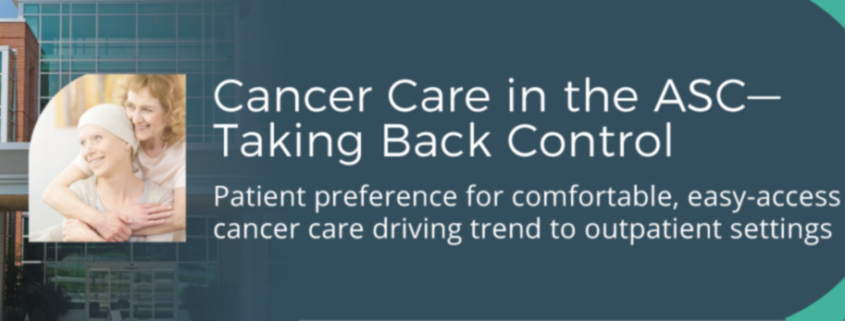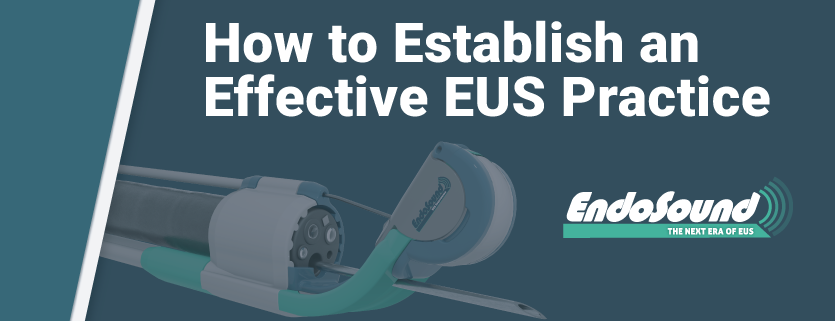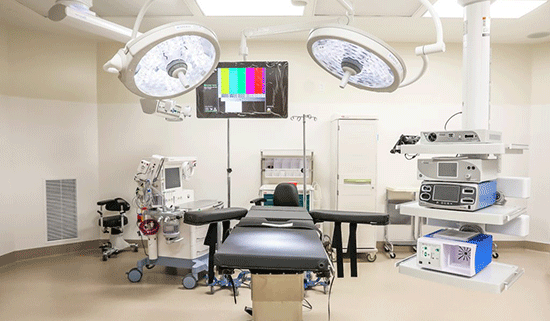Patient preference for comfortable, easy-access cancer care driving trend to outpatient settings
A full range of emotions can come with a cancer diagnosis. One of the most common? Loss of control.
In the wake of this difficult medical news, it’s hard for many not to feel defined by their illness. Appointments and tests start to fill the calendar every week, and with so many unknowns regarding response to treatment, it’s easy to feel as if everything is unmanageable.
Tack on the anxiety over prognosis and the potentially tricky treatment road ahead, and individuals can suddenly feel overwhelmed.
First Things First
To regain some control, one of the best first steps is to set a concrete plan forward for treatment and care. The lists of required scans, blood work, therapies, and treatments start to pile up quickly, and having a clear path toward remission is helpful.
As the appointments mount, the advantage of seeking treatment at an outpatient setting or an ambulatory surgery center (ASC) is clear. With ASCs, patients benefit from easier geographic access to treatment without traveling to and navigating large hospitals. Additionally, they can typically find more flexible scheduling options and even be seen for treatments sooner or more regularly than in a hospital.
With the flexibility of scheduling, patients feel that their care is prioritized as they do not often have to wait as long for appointments. Typically, physicians at ASCs are more able to accommodate a patient’s scheduling needs.
Living Beyond a Diagnosis
Outpatient centers are also more desirable for many patients because the additional services offered provide a glimpse into what life will be like when the battle ends and the cancer is defeated. Ancillary services, including physical therapy, nutrition and dietetics, and psychological services right on-site in an ASC or outpatient clinic, promote hope and help patients regain control.
But, perhaps most importantly, the most significant driver behind the trend out of hospitals for cancer care is the patient preference for the familiar. Aside from the convenience and ease of access, including more accessible parking and less time spent at the ASC, outpatient care is more comfortable compared to going into a hospital regularly. And when facing something as difficult as a cancer battle, every bit of comfort can make an impact.






